Nepal has become a preferred travel destination among motorcycle enthusiasts due to its multisectoral topography, beautiful mountains, and traditional culture. The country presents riders with multiple riding opportunities through well-kept urban routes and challenging, rough paths into its distant areas.
Travelers should evaluate the road conditions in advance since Nepal presents both physical obstacles and climate variations across its terrain. The current state of roads throughout Nepal strongly affects how easy and safe motorcycle tourists will benefit from their travels.
This blog delivers in-depth details of Nepal's roads, together with explanations about seasonal weather effects and suitable riding periods in each region.
Overview of Road Types in Nepal
The road system in Nepal contains multiple road types, which present distinctive obstacles as well as features to each type. Motorcyclists can experience distinct riding situations that need skills and patience during travel.
Here is a detailed overview of road types in Nepal: .
1. Highways (Paved Roads)
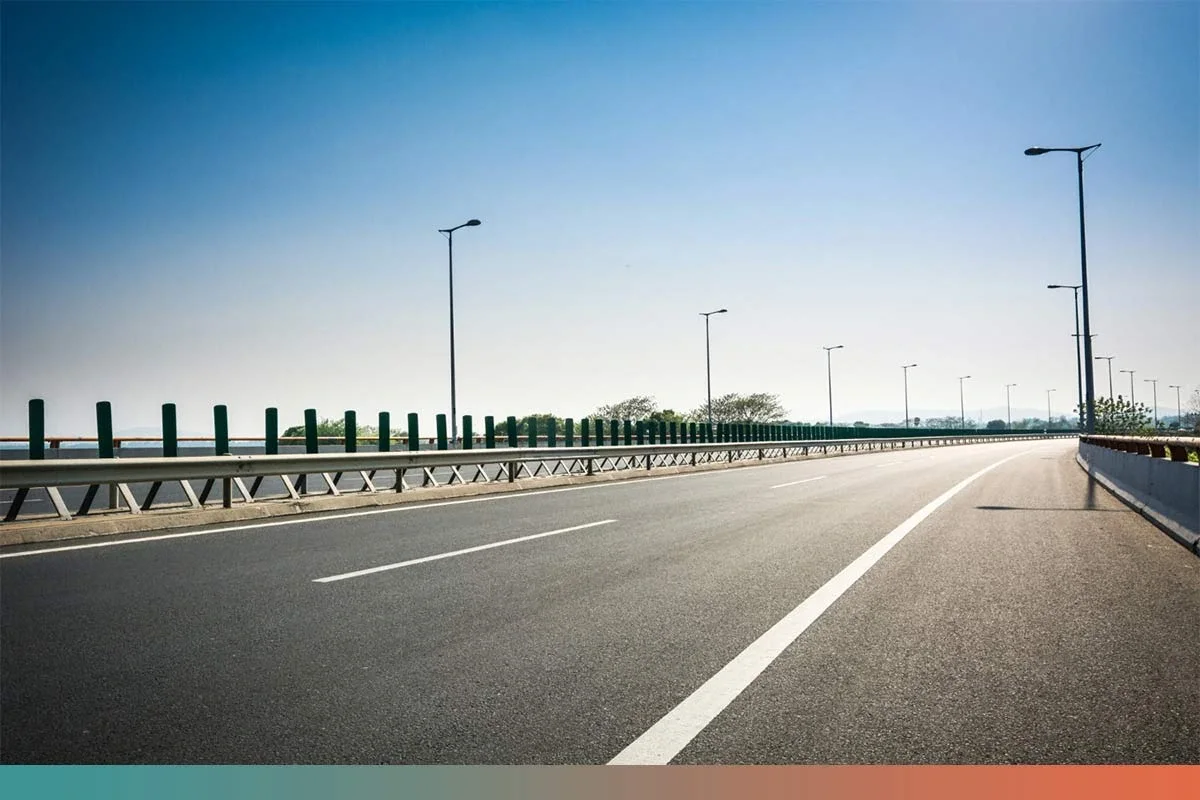
Major cities, together with towns and border locations in Nepal, are connected through the highway system. Due to traffic congestion and natural landslides during the monsoon season, the Prithvi Highway connects Kathmandu to Pokhara. The Mahendra Highway, Nepal’s longest, runs from Mechi to Mahakali, with occasional road deterioration.
Thick monsoon landslides affect the Araniko Highway, which leads to the Chinese border at Kodari. Motorcyclists need to pay constant attention to vehicles coming their way alongside construction sites and vehicles moving at slow speeds along with animals crossing the road and individuals walking along the route. Checking for necessary motorcycling permits is essential when traveling across highways, especially when venturing into border areas.
2. Gravel Roads
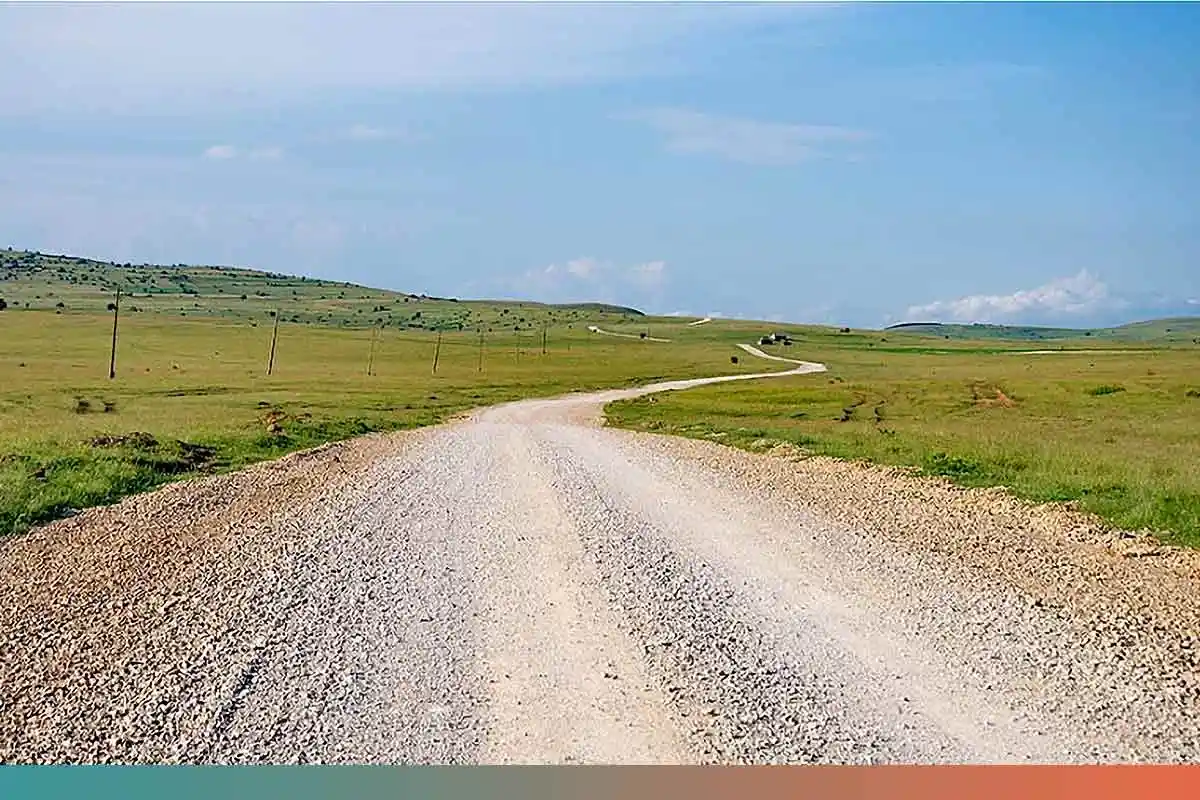
Gravel roads dominate semi-urban and rural areas throughout Nepal because they create additional challenges for cyclists beyond paved road conditions. Motorcyclists need to master both controlling their bikes and maintaining stable riding positions when dealing with dust storms and variable terrain conditions.
Both dry conditions produce excessive dust together with monsoon rains that generate slippery, muddy ground, which heightens accident potential.
3. Dirt Roads (Earthen Roads)
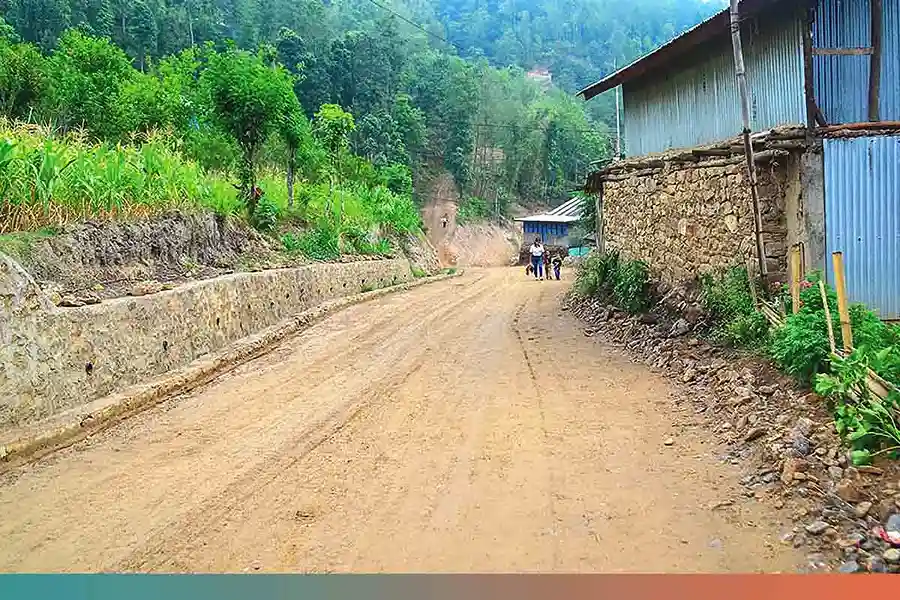
Soil roads experience maximum erosion because they exist in isolated towns with inadequate development infrastructure. During dry weather, the soil develops cracks that create instability, and floodwater transforms the paths into dangerous puddles with numerous deep holes. Off-road motorcycles serve as necessary instruments for traversing harsh off-road areas.
4. Urban Roads
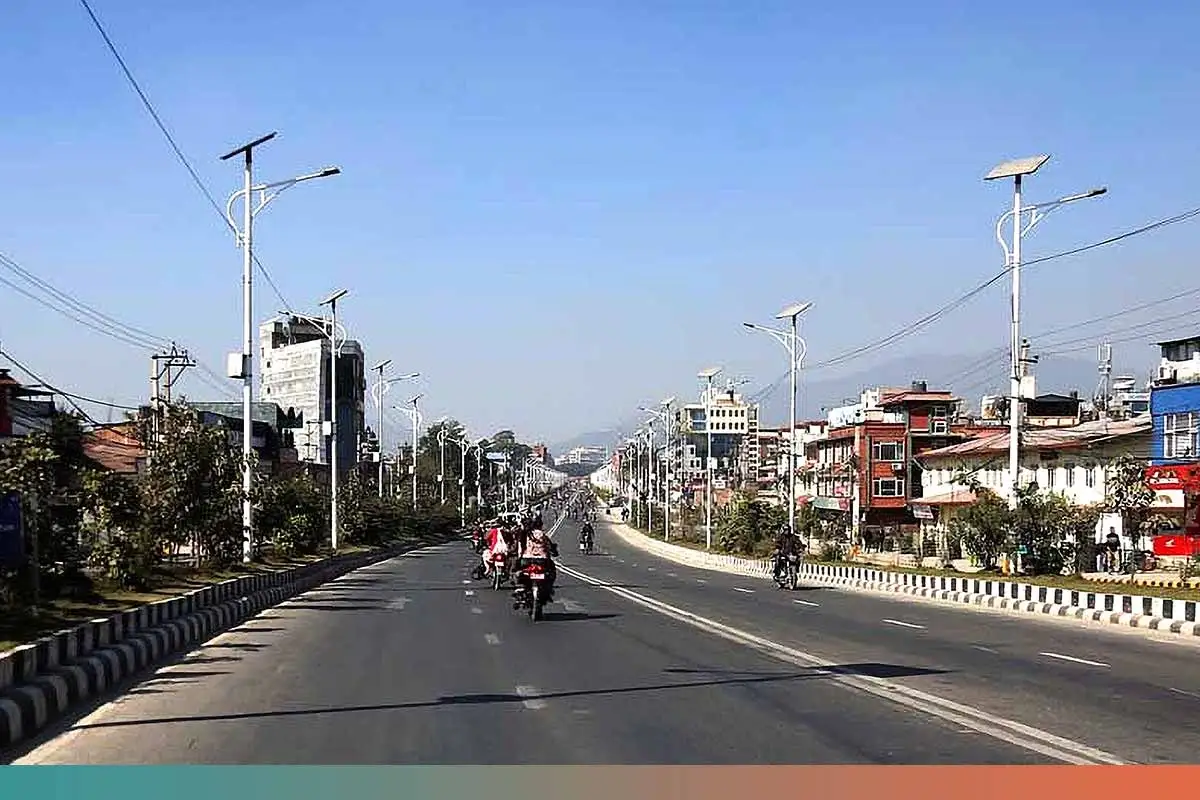
The roads within Nepal's urban areas experience extreme heavy traffic and present poor drainage systems and haphazard maintenance practices. Different types of vehicles, including buses, taxis and motorcycles, and pedestrians, experience continuing population growth in Kathmandu streets.
The effects of urbanization generate traffic restrictions and dangerous detours that riders need to use caution in addition to potholes and sudden traffic stops, which require safety-conscious driving.
5. Mountain Roads
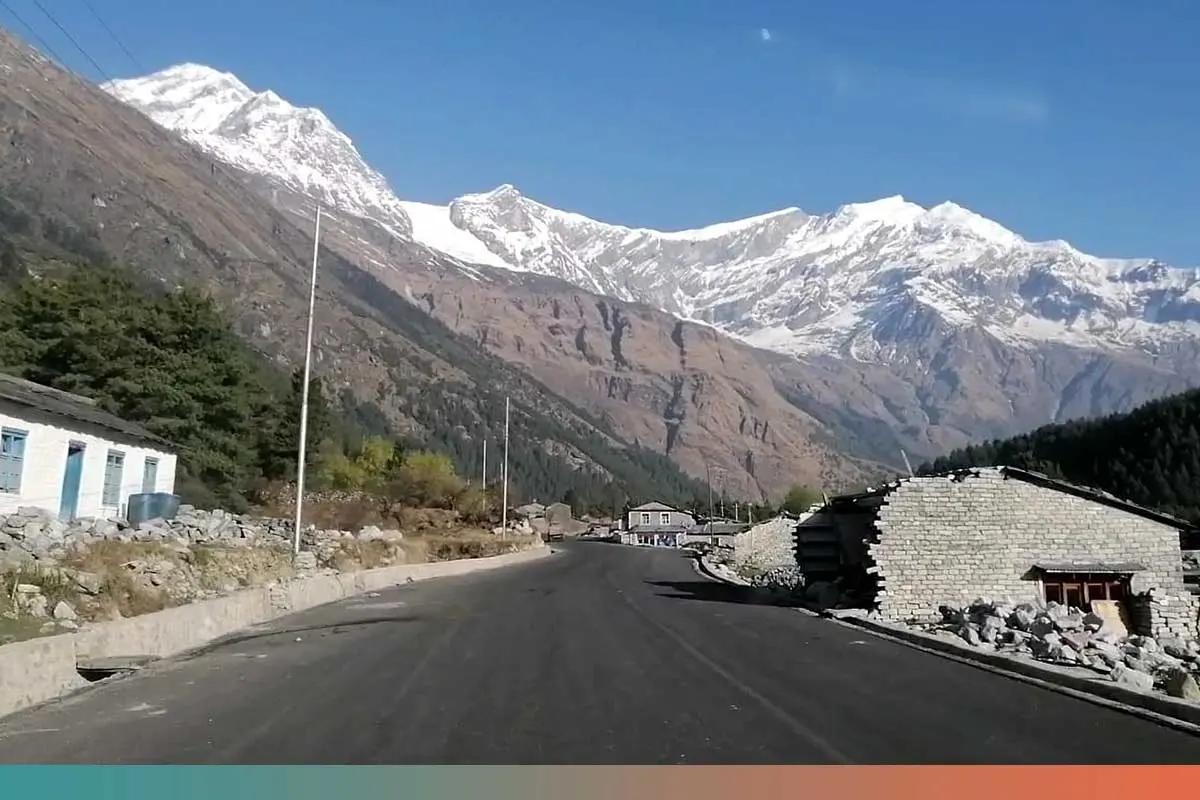
Among all the roads found in Nepal, mountain routes represent both the most remarkable scenic views and the hardest driving conditions. The roads feature tight curves and display minimal defensive barriers as they follow cliff edges. Drivers must have substantial experience to handle the mountain roads in Nepal because they feature many dangerous bends along with fast elevation shifts and mountaintop debris risks.
Motorcyclists who plan to take the popular route from Mustang to Manang must properly prepare, along with suitable bike selection combined with knowledge about road conditions. These are considered some of the best motorcycle routes in Nepal, offering both adventure and scenic beauty.
6. Rural Roads
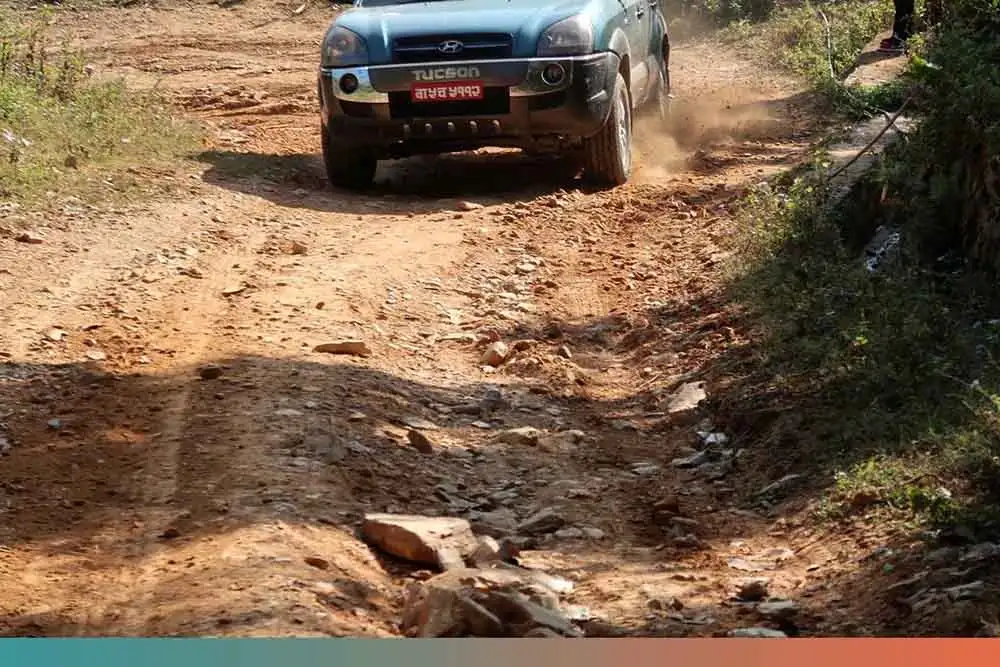
The main transport network of rural areas includes roads that link villages and smaller towns together. Motorcycle paths throughout Nepal differ widely in terms of maintenance because some tracks provide smooth rides while others have poorly maintained gravel trails.
Due to limited road maintenance in rural areas, their conditions become unpredictable because they have potholes and broken bridges and may need entire river-crossing solutions. People who want to explore rural areas should be ready for these uncertainties since fuel stations and repair centers might be very hard to find.
7. Seasonal Roads
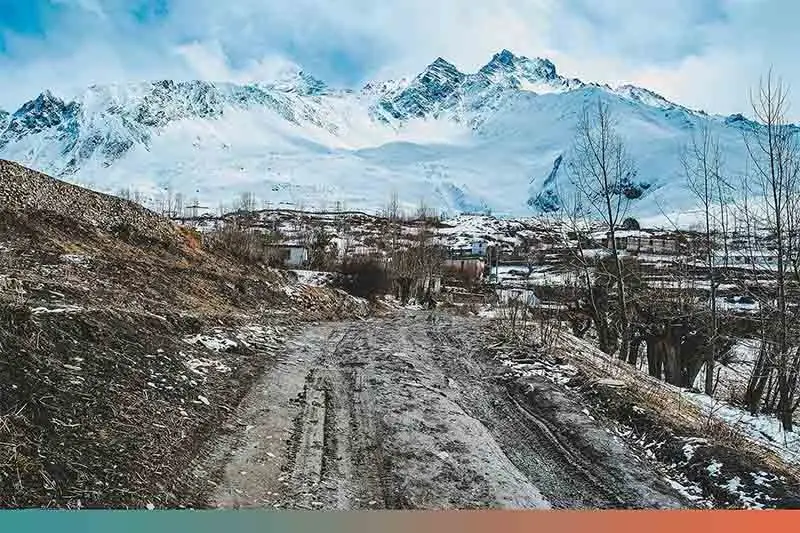
Few roads within Nepal exist seasonally because they become impassable during definite periods each year. Two main types of seasonal roads exist in Nepal: high-altitude passes that stay snow-covered in winter months and dirt surface roads that turn impassable during the rainy season.
Seasonal roads serve as short-term access points for residents only, so travellers need to check current road conditions before arranging their journeys.
What is the Weather Impact on Road Conditions in Nepal?
When studying road conditions in Nepal, one needs to analyze how weather patterns influence the state of the roads. The diversity of Nepalese weather through different seasons directly impacts road conditions as well as motorbike riding quality across the nation.
The following explains how different seasons impact the road conditions in Nepal:
1. Monsoon Season (June to September)
Impact on Roads: The heavy rainfall leads to dangerous road conditions, including landslides combined with road erosion and flooding, particularly in hilly regions. The weather changes roads from smooth pavement into hazardous conditions and turns dirt and gravel routes into complete impassability.
Affected Areas: Strong landslides in Sindhupalchowk, Dolakha, and Mustang force the road closures that continue for extended periods.
2. Dry Season (October to May)
Impact on Roads: During motorcycle touring, the dry road conditions create the most favorable conditions because roads maintain stability and dryness. Some areas contain roads that develop severe dust conditions that trigger decreased visibility.
Affected Areas: Dust problems mainly affect the Terai highways, together with the semi-urban gravel roads.
3. Spring Season (March to May)
Impact on Roads: Roads exhibit good conditions in most cases because the beautiful blooming landscapes enhance the scenic value. Light rain showers during the pre-monsoon can produce slippery sections on dirt road surfaces.
Affected Areas: During springtime, the snow preserves its presence in the elevated areas of Manang and Mustang.
4. Winter Season (December to February)
Impact on Roads: Road access becomes impossible in mountainous areas because of snow accumulations, yet fog in Terai creates dangerous driving conditions.
Affected Areas: Heavy snowfall blocks access to the high-altitude roads within three locations: Mustang, Manang, and Rasuwa.
5. Autumn (September to November)
Impact on Roads: Motorcycle enthusiasts will find the road conditions during this season optimal because it remains dry. Nepalese weather conditions offer excellent riding adventures that combine sunny and a comforting climate.
Affected Areas: Visitors can reach almost every region of Nepal throughout this time.
Best Time to Go Motorcycling in Nepal
Considering the perfect time for motorcycle riding in Nepal creates essential conditions for obtaining pleasant and unimpeded travel experiences. The seasons present variable challenges related to road conditions and environmental conditions, together with different landscape aesthetics.
The following analysis describes what each season means for motorcycle activities throughout Nepal.
1. Spring (March to May)
- Weather: Mild temperatures and blooming flowers around the terrain form one of the main reasons this season is appealing to ride in.
- Road Conditions: Travelers can use the excellent dry conditions of the stable road network for off-road expeditions.
- Best Routes: Kathmandu to Mustang, Pokhara to Manang.
- Why it's Great: Spring proves to be an ideal season for motorcycling due to its nice climate and beautiful surroundings.
2. Autumn (September to November)
- Weather: Bikers will find pleasant riding conditions because of the clear skies and moderate weather temperatures.
- Road Conditions: The road conditions during this period reach their annual peak because they contain minimal limits, which ensure easy movement of vehicles.
- Best Routes: Kathmandu to Everest region, Lumbini circuit.
- Why its Great: Autumn proves to be the best motorcycle season because the excellent meteorological conditions deliver both excellent road stability along perfect visibility.
3. Winter (December to February)
- Weather: The mountain areas remain extremely chilly, but lowland areas can create fog, which reduces transparency.
- Road Conditions: Highway conditions in the Terai region stay clear from obstructions while snowfall at high-altitude passes creates roadblockage.
- Best Routes: Terai region routes like Chitwan and Lumbini.
- Why its Great: Winter offers great benefits to riders because the decreased number of vehicles and visitors creates serene opportunities to enjoy continuous journeys without interruption.
4. Monsoon (June to September)
- Weather: Wet conditions during heavy rainfalls, as well as high humidity levels, create dangerous and hard-to-forecast circumstances for riding.
- Road Conditions: Roads turn unsafe during this season since they become both slippery and subject to landslides, which heightens the risk for accidents.
- Best Routes: The most secure cycling paths during this period lead through the Kathmandu Valley Ring Road.
- Why its Great: Riders can experience unique natural scenery while enjoying several species of lush green growth that add an exciting element to their monsoon journey.
Conclusion
The best time for motorcycling in Nepal depends significantly on your skills as a rider and the surface conditions you like to tackle. The optimal season selection for motorcycle travel in Nepal ensures both safety together with maximum scenic beauty as well as memorable adventures for riders seeking adventure.
Nepal presents motorcycle adventurers with amazing driving experiences across its inclusive road network consisting of main highways in addition to rough off-road routes that rank as top motorcycling destinations worldwide.
Join Nepal Motor Tours today and embark on the ultimate Nepal motorcycle tour, exploring breathtaking landscapes and culturally rich destinations!


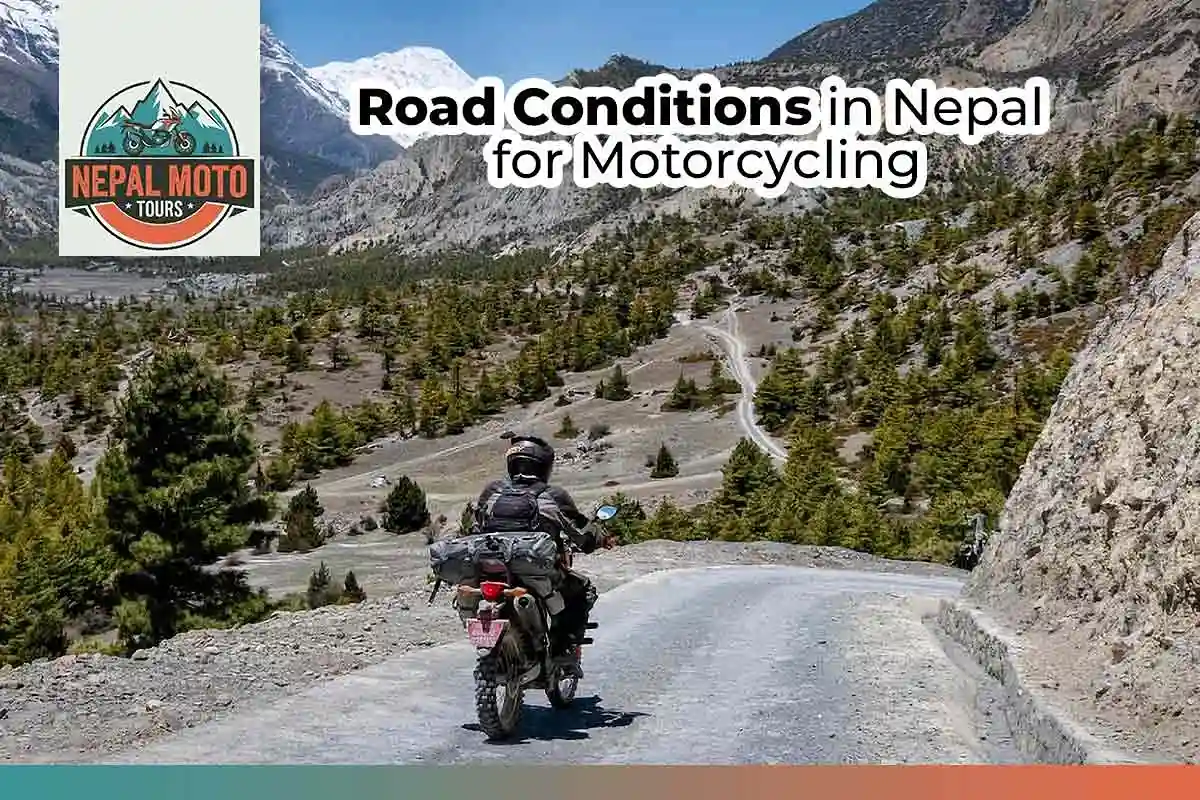
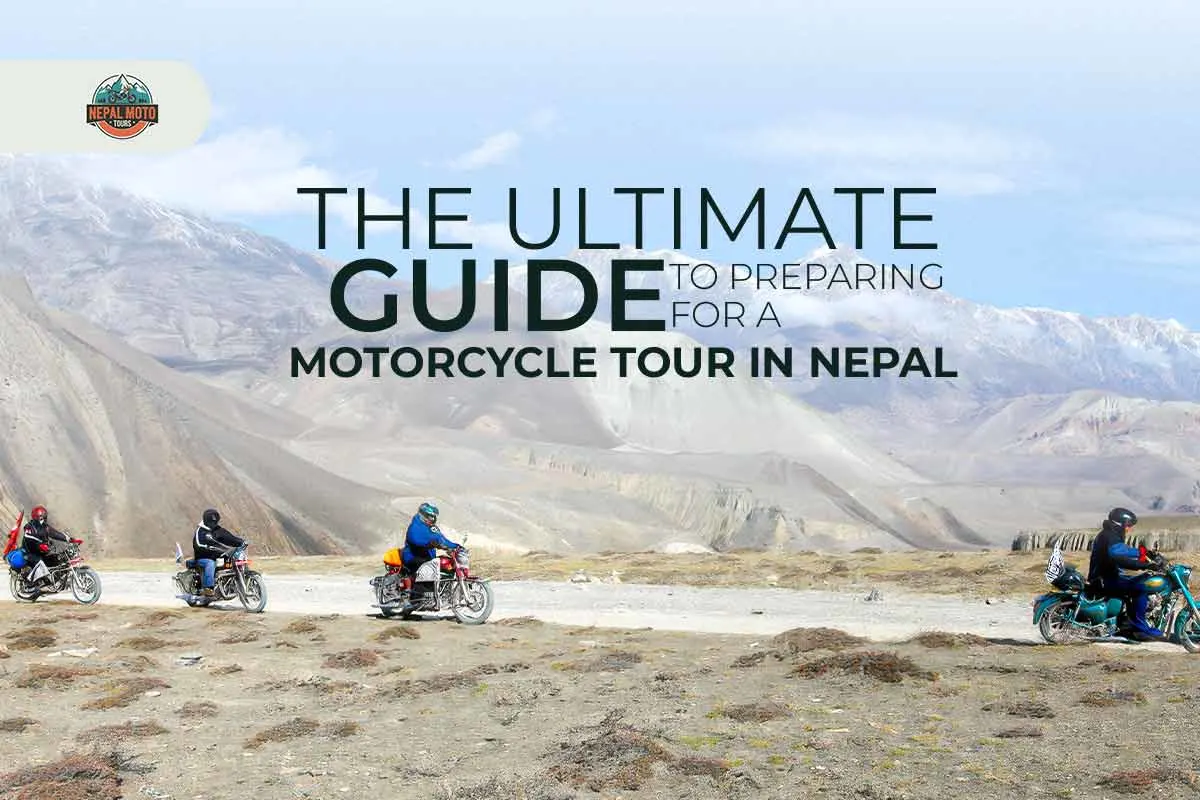
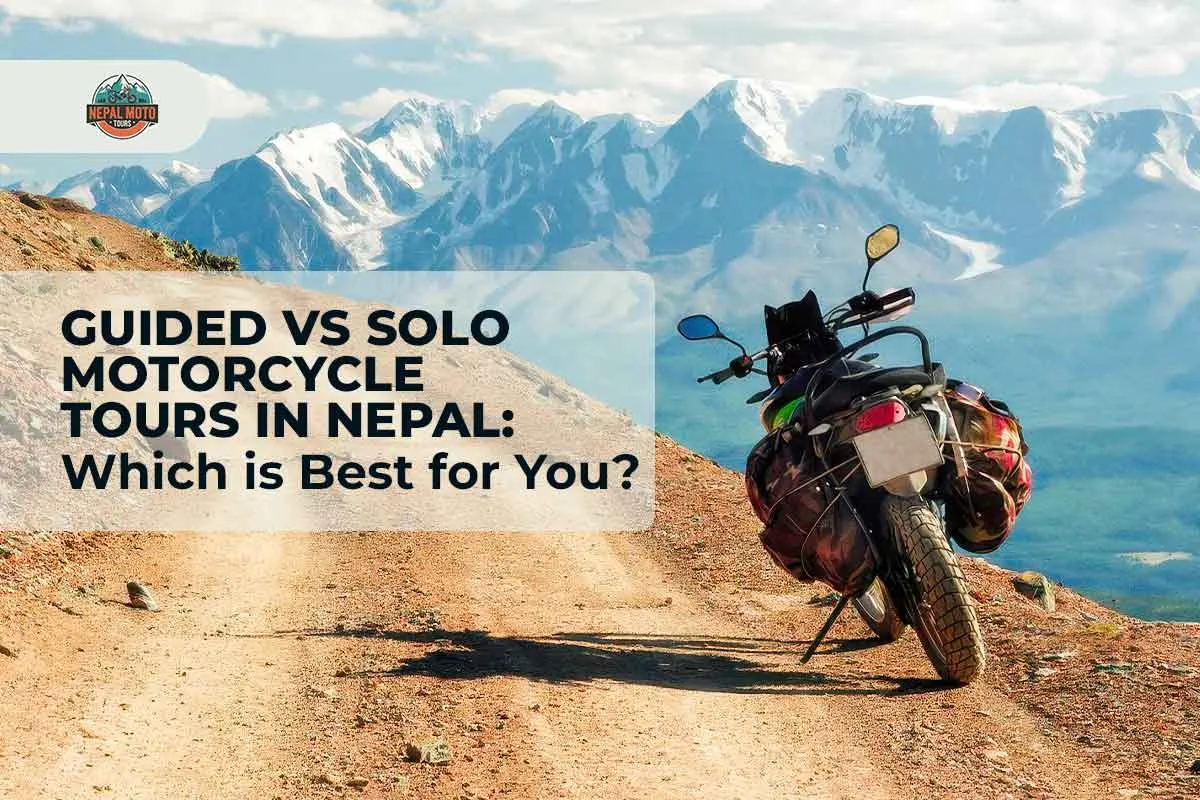
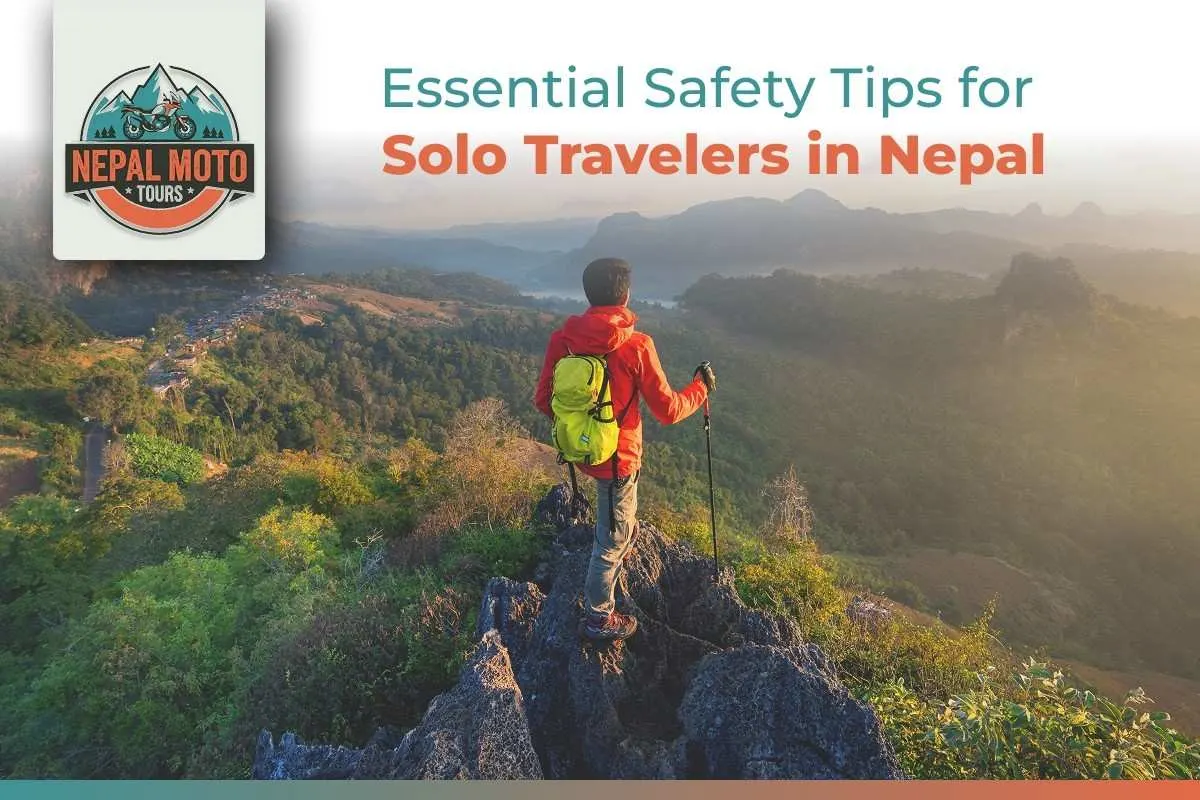
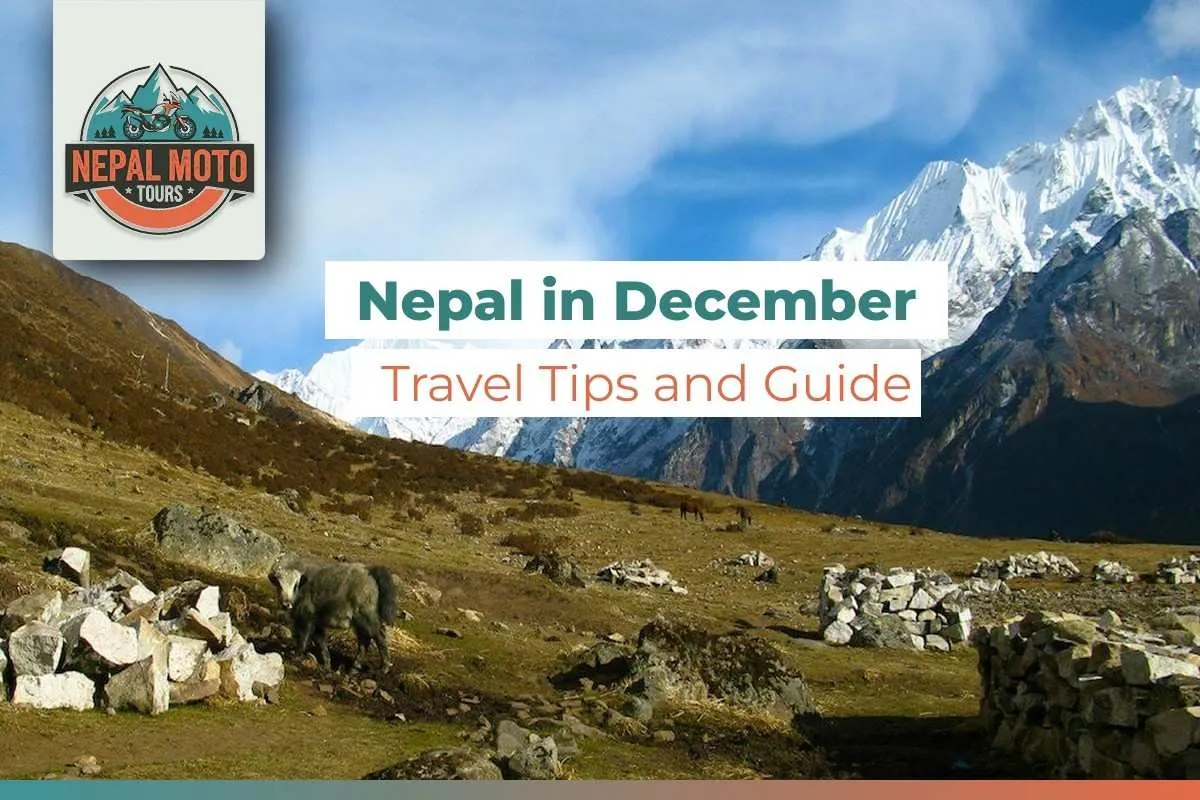
 Best places to visit in Nepal.jpg)
